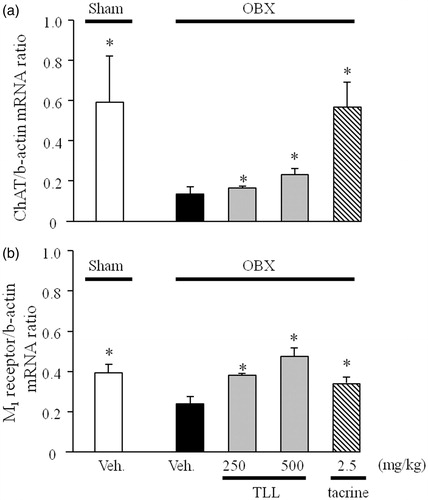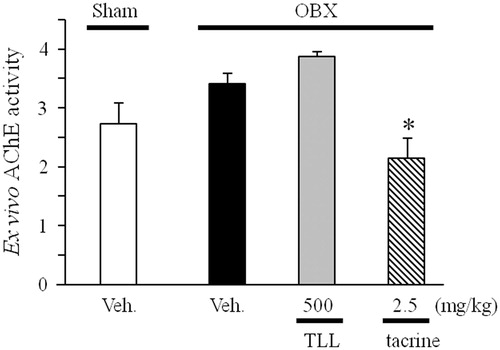Figures & data
Figure 1. Schematic drawing of the experimental schedule. Protocol 1: after 1 week of acclimatization, the ddY mice were randomly divided into four groups of 10 mice. All mice (except mice in the sham group) were subjected to OBX surgery. Ten days after the surgery, drug administration was started. Modified Y-maze and object recognition tests were performed 1 and 3 weeks after starting drug administration, respectively. Quantitative real-time polymerase chain reaction and neurochemical studies were carried out after the decapitation of all mice. Protocol 2: after 1 week of acclimatization, the mice were randomly divided into four groups of six mice. All mice (except mice in the sham group) were subjected to OBX surgery. Three days after the surgery, drug administration was started. The tail suspension test was performed 7 d after starting drug administration.
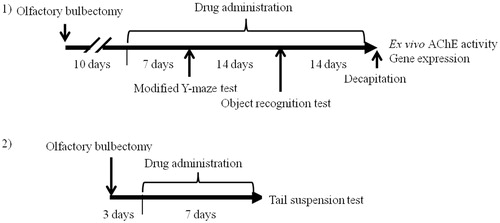
Figure 2. Total ion chromatograms in LC–MS (TOF) of the aqueous extract of TLL; peak 1 = schaftoside, peak 2 = vitexin.
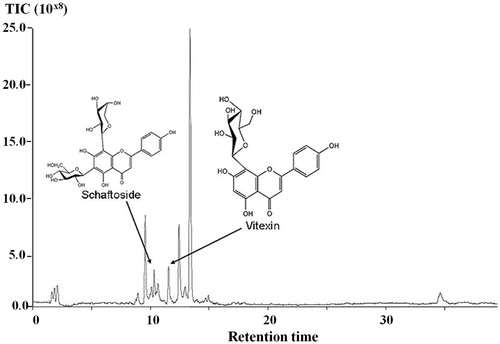
Table 1. Effect of TLL and tacrine on locomotor activity of OBX mice.
Figure 3. Evaluation of the modified Y-maze test of OBX-induced spatial working memory deficit mice using tacrine or T. laurifolia leaf extract (TLL). Sham-operated mice were orally administered distilled water 60 min before the sample phase trial, while tacrine (2.5 mg/kg) and TLL (250 and 500 mg/kg) were administered daily by intra-peritoneal injection and oral administration, respectively (n = 10). Each column represents the mean ± S.E.M. *p < 0.05 compared with the vehicle-treated OBX group (one-way ANOVA, Dunnett’s method).
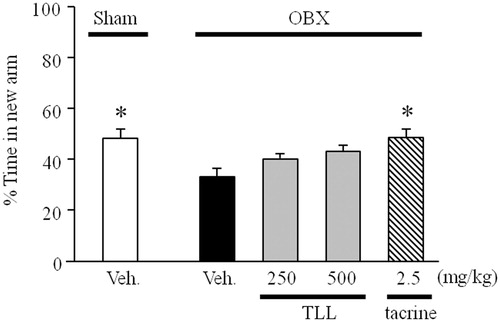
Figure 4. Effects of tacrine (2.5 mg/kg per day, i.p.) and TLL (250–500 mg/kg per day, p.o.) on object recognition deficits in OBX mice in the sample and test phases. The time each mouse spent exploring objects in the sample (a) and test (b) phases was recorded using the SMART system (PanLab, S.L., Barcelona, Spain). Each value represents the mean ± S.E.M. (n = 10). Each column represents the mean ± S.E.M. *p < 0.05 and **p < 0.01 compared with the time spent exploring a familiar object (paired t-test).
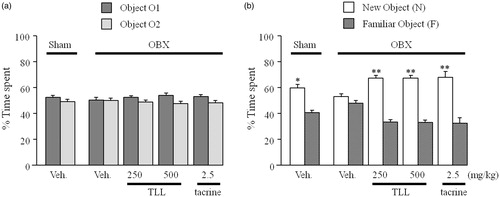
Figure 5. Effects of TLL (500 mg/kg per day, p.o.) and imipramine (10 mg/kg per day, i.p.) on OBX-induced depressive behavior in the tail suspension test. The experiment was conducted according to protocol 2. Each column represents the mean ± S.E.M. *p < 0.05 versus % resting time in vehicle-treated OBX mice (one-way ANOVA, Dunnett’s method).
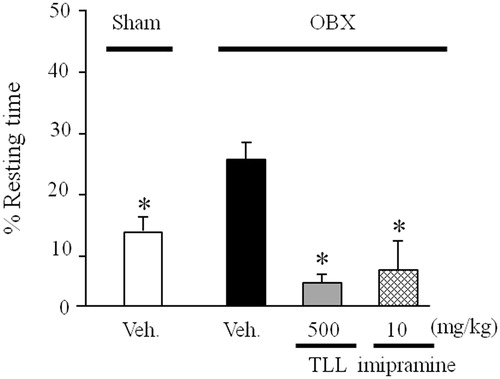
Figure 6. Effects of tacrine (2.5 mg/kg per day, i.p.) and TLL (250–500 mg/kg per day, p.o.) on the expression levels of choline acetyltransferase (a) and muscarinic M1 receptor mRNAs (b) in the hippocampus of OBX mice. Each column represents the mean ± S.E.M. *p < 0.05 versus mRNA expression levels in vehicle-treated OBX mice (one-way ANOVA, Dunnett’s method).
